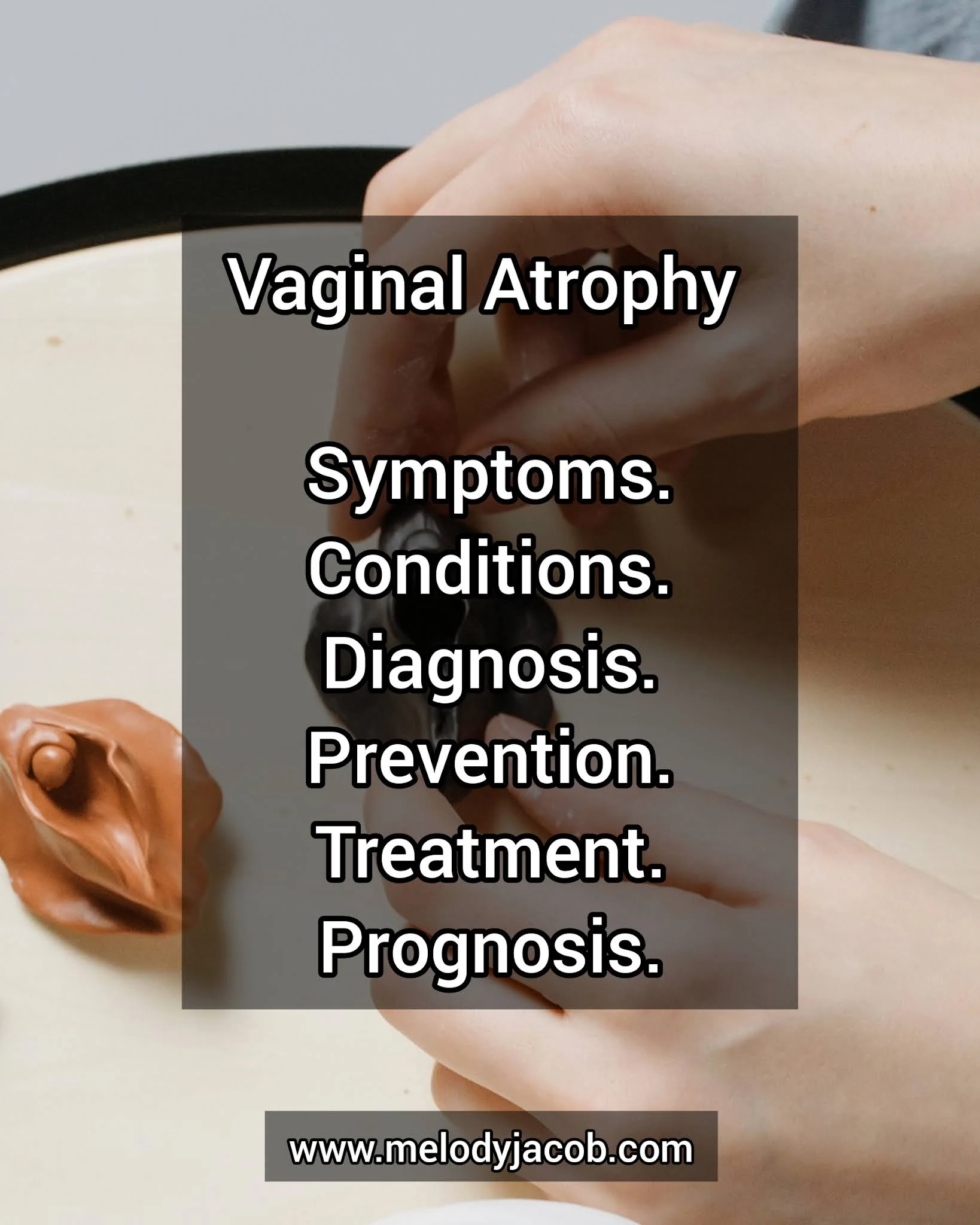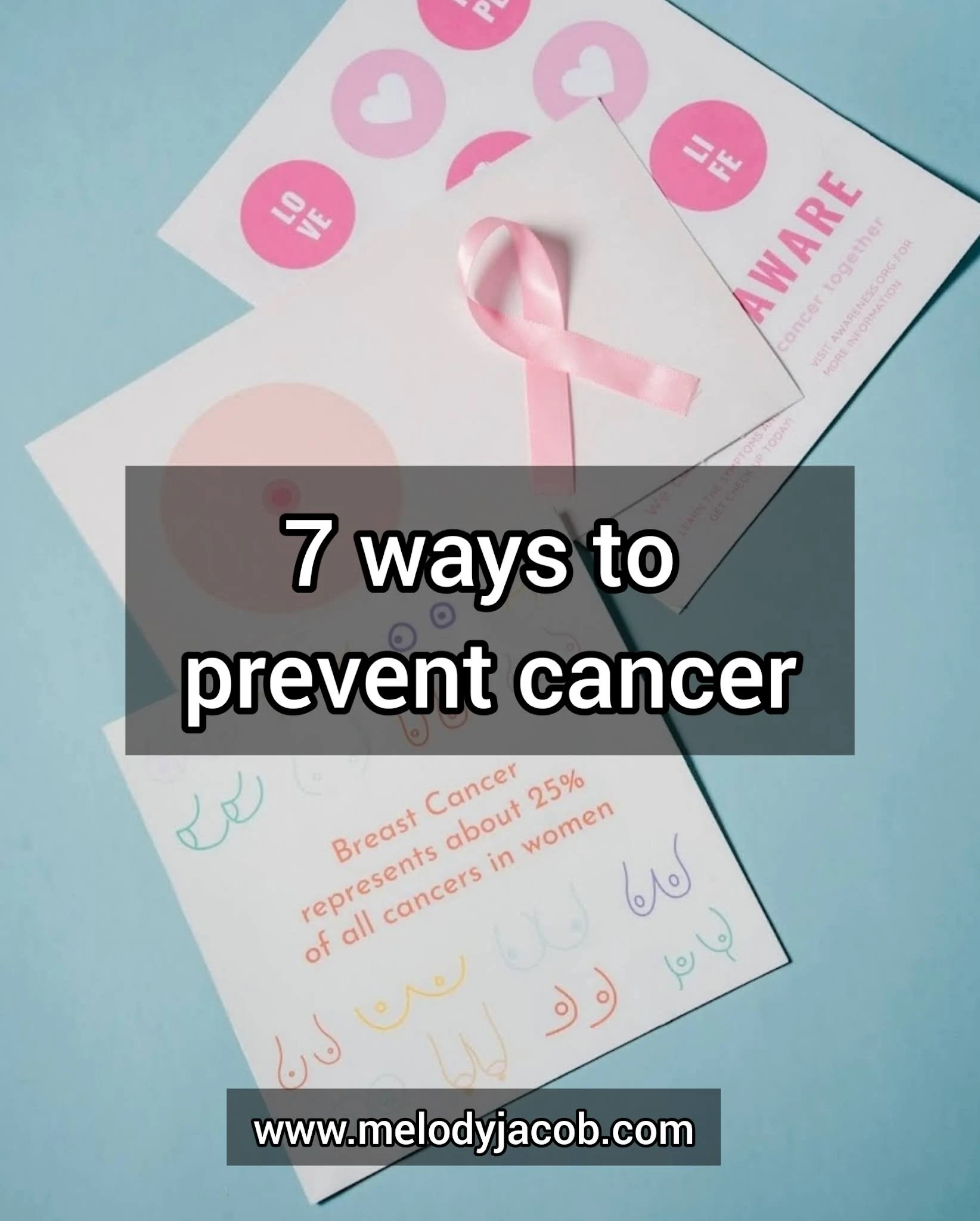Insomnia is defined as difficulty getting adequate sleep or sleeping uninterruptedly. You may have trouble going asleep, waking up too early, or waking up during the night. Any type of insomnia might make you feel drowsy and tired during the day.
Almost everyone experiences insomnia at some point in their lives, yet insomnia is not a temporary condition for everyone. Chronic insomnia is defined as insomnia that occurs virtually every night for at least one month. Insomnia can be caused by a medical or psychiatric condition, emotional tension or excitement, or your day and nighttime routines.
The most common reasons for short-term insomnia difficulties are your behaviours and surroundings. Insomnia can be caused by a variety of factors, including:
- Anxiety or stress
- A change in sleeping arrangements (staying at a motel or at a relative's house)
- Uncomfortable sleeping conditions (too hot, too cold, too bright, too noisy)
- An inconvenient mattress
- a pair of pyjamas that is overly tight
- Having a bed companion that snores or sleeps in an inconvenient manner
- So your brain links lying down in bed without activities other than sleeping with watching television, reading a book, or problem-solving.
- Before going to bed, eat a large supper.
- Taking a prescription drug with sleeplessness as a side effect.
- Before going to bed, you should avoid drinking alcoholic beverages.
- During the day, drinking a lot of caffeine-containing drinks (coffee, tea, cola)
- Using a cigarette
- Exercising just before the night is a good idea.
- Not doing enough exercise during the day so you have more energy
- Before going to bed, take a hot bath or shower.
- When you go to a different time zone, it's important to keep in mind that you'll be
- Getting to a much higher elevation
- Work in shifts

Vaginal atrophy is a change in the vaginal tissue that occurs when levels of the female hormone estrogen drop significantly. Atrophic vaginitis is another name for the disease.
Estrogen, which is generated by the ovaries, is essential for maintaining the lubrication and health of vaginal tissues. Vaginal tissue becomes atrophic – thin, dry, and shrunken — when estrogen levels are low. In an atrophic condition, the vagina may become more prone to inflammation.
Low estrogen levels induce vaginal atrophy in the following conditions:
*Menopause occurs when natural age-related changes in the body force the ovaries to produce less estrogen.
*Surgically removed ovaries before natural menopause, which can be done at the same time as a hysterectomy (removal of the uterus).
*Women with diseases like uterine fibroids or endometriosis are treated with medicines that lower estrogen levels.
*Premature menopause is defined as the onset of menopause before the age of 40, which is earlier than the average woman's age of menopause.
*Breastfeeding
*Vaginal atrophy usually progresses slowly enough that a woman may not detect any symptoms until five to 10 years after menopause has begun.
Educative read: 7 CANCER-PREVENTION METHODS.
You are not powerless in the face of cancer, even if you have a family history of the disease. Approximately 40% of malignancies can be avoided by changing one's lifestyle.
In reality, there are a number of ways to reduce your cancer risk throughout the course of your life. Some are simple, like obtaining suggested health tests. Others, such as maintaining a healthy body weight, fitting in regular exercises, or altering your diet, maybe more difficult. However, even tiny steps toward using the techniques listed below can help preserve your health in the long run.
1. Eat a healthier diet
Eating a diet that is mostly plant-based, low in red and processed meats, and low in added sugars lower your risk of cancer. Both stress unsaturated fats, whole grains, fruits and vegetables, as well as nuts and legumes, and are low in processed foods.
2. Be cautious of what you consume.
Another component of nutrition that individuals often overlook is limiting alcohol use. Alcohol intake has been related to a variety of malignancies, particularly among heavy drinkers, according to research. Even individuals who only have one or two drinks each day aren't immune.
Recent findings show that even modest to moderate alcohol use is connected with an elevated risk of various malignancies, including oesophagal cancer, breast cancer, and colorectal cancer. It may be difficult to give up a regular drink if you love it. However, reducing your consumption is something to think about. A drink once or twice a month is unlikely to increase your cancer risk.

What is Yaws
There are three phases of yaws:
Early yaws – A raspberry-like lump forms on the skin three to five weeks after a person is exposed to yaws, most often on the legs or buttocks. This hump, also known as a framboesia or mother yaw, will get bigger over time and develop a thin yellow crust. The region may itch, and surrounding lymph nodes (enlarged glands) may be swollen. Within six months, the bump generally cures on its own.
Second-stage yaws — The following stage of yaws might start while the mother yaw is still visible, or it can take weeks or months after the first stage has healed. A crusty rash appears at this stage, which can affect the face, arms, legs, and buttocks.
Late yaws – Only approximately 10% of persons who are infected with yaws develop late yaws. It can occur five years after the onset of early yaws, resulting in serious damage to the skin, bones, and joints, particularly in the legs. Late yaws can also produce gangosa, also known as rhinopharyngitis mutilans, which attacks and destroys portions of the nose, upper jaw, palate (roof of the mouth), and pharynx (part of the throat). A person with late yaws may experience headaches and nasal discharge if there is oedema around the nose.


